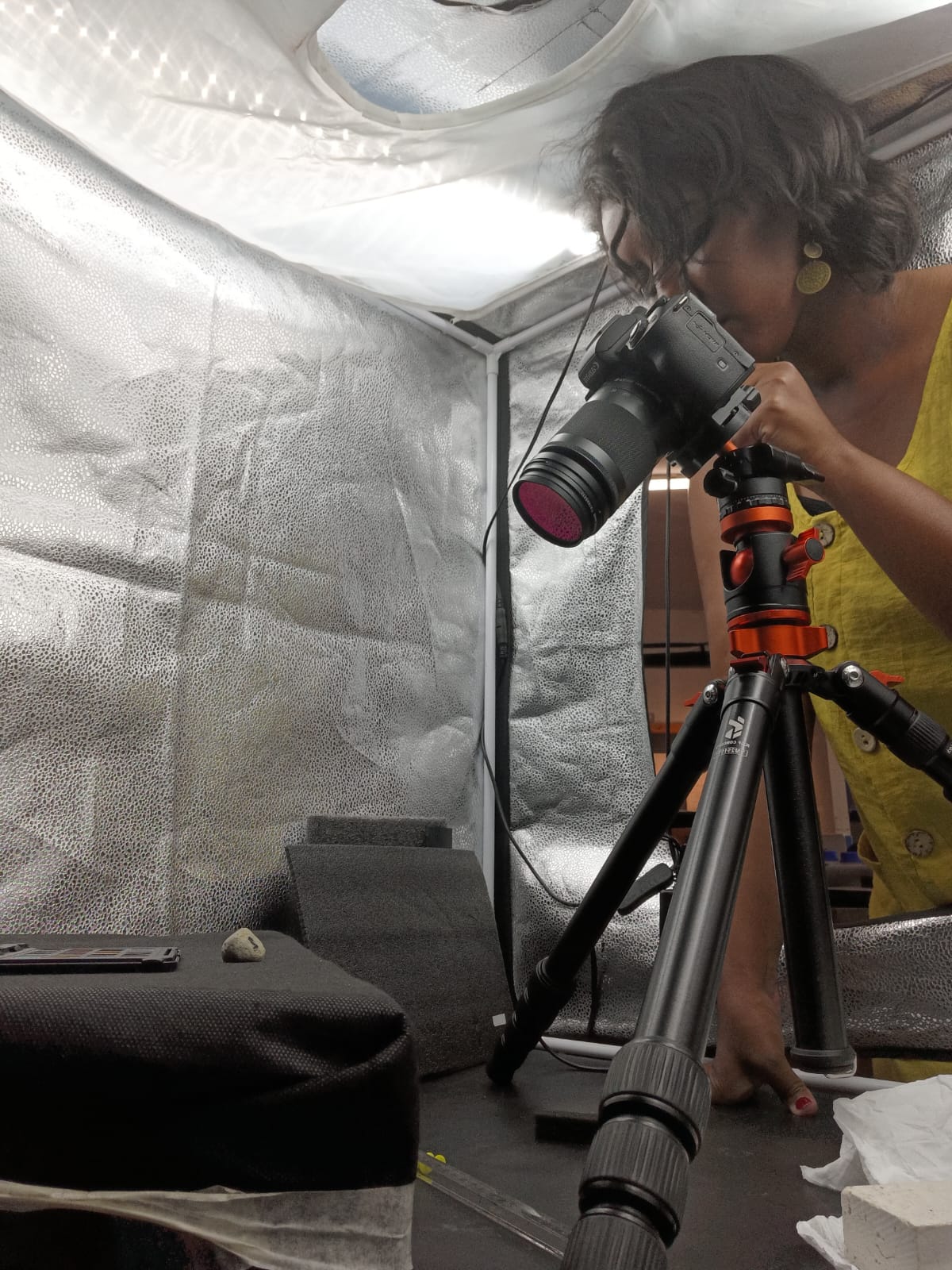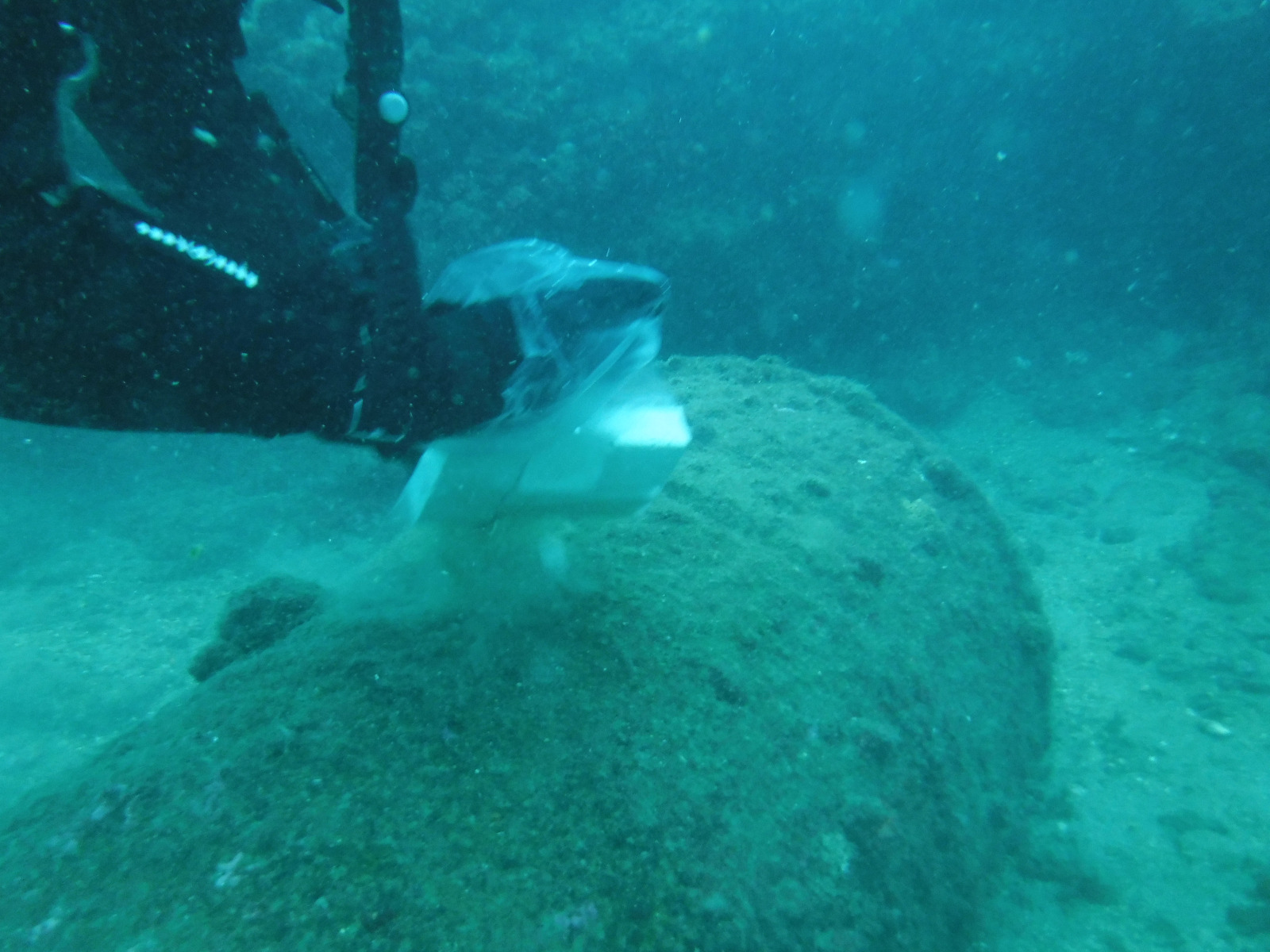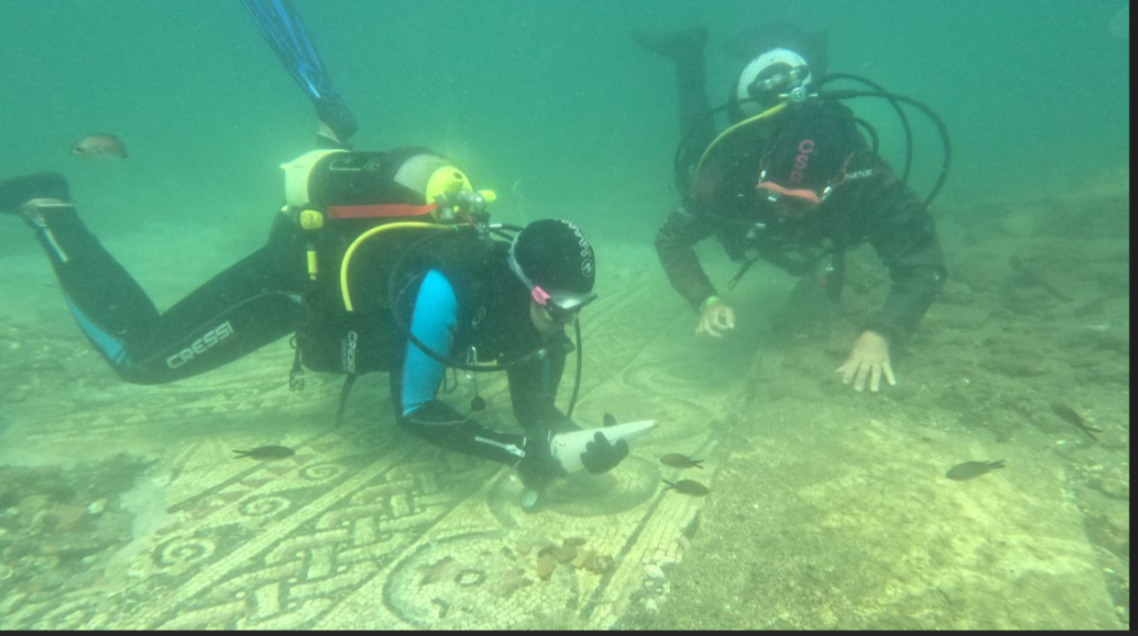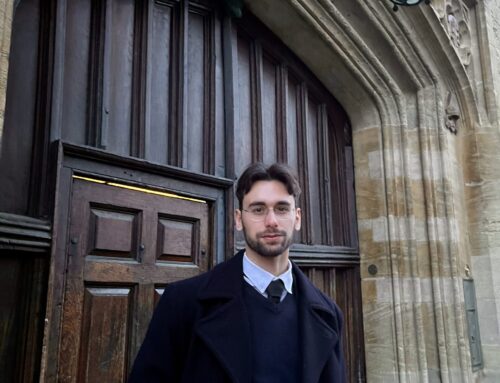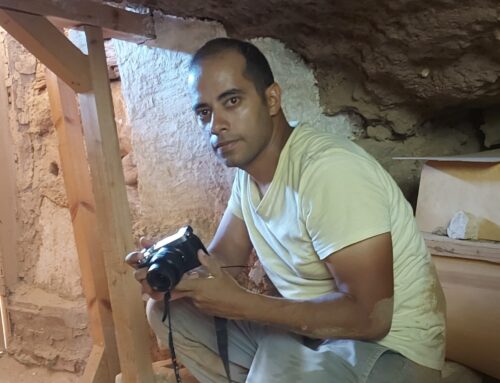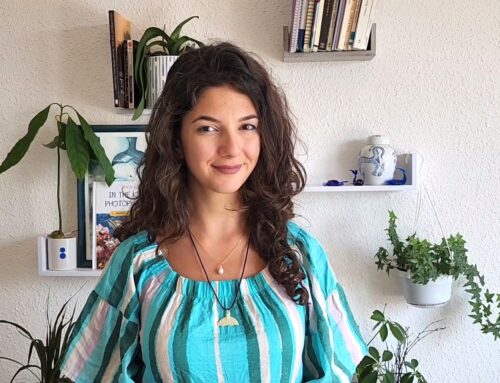Underwater Stone and Mosaic Conservation (Lab – In situ)- Rawda Abdelhady- Nov 2023- Ongoing
The training course on underwater stone and mosaic conservation, conducted between Rome and Naples, aimed to enhance skills in restoration techniques through the application of coating and consolidation solutions. I worked on chemical analysis, restoration sample procedures, documentation both in situ and in the laboratory, coating and consolidation processes application, and study of mosaic mortar. The training, conducted in the YOCOCU laboratory, and in Naples, provided practical experience in restoring submerged stone samples and developing innovative restoration materials. Fieldwork in the Baia area in Naples involved testing the supporting technique of underwater limestone, while laboratory work focused on documenting, examining, and analyzing new materials for the restoration of submerged stones and mosaics.
The training provided invaluable hands-on experience in underwater conservation techniques, enhancing my expertise in preserving maritime heritage. I gained proficiency in applying protective coating solutions to submerged stones and mosaics, contributing to the long-term preservation of underwater archaeological sites. The training furthered my understanding of coating and consolidation processes, allowing for the development of innovative underwater stone restoration materials, by combining theoretical knowledge with practical skills. The training period focused on measuring the stones before and after applying the coating solutions after 12 months by measuring the color change of stones, surface change measurement, texture, chemical composition, porosity, hardness, strength, and patina thickness, and colour. The applied methodology was defining the microscopic features and recognizing the alteration forms before and after coating solutions after 12 months. The initial environment for the submerged samples entailed shallow water conditions at a depth of 5 meters, aimed at evaluating the impact of energetic forces such as waves, currents, and sediment attributes. This choice was made to scrutinize the exacerbated degradation factors affecting stone materials in shallow areas, exacerbated by wave-induced oscillatory flow and turbulence. Subsequently, the samples were exposed to a deeper environment at a depth of 12 meters to assess acidity levels proximate to volcanic regions.
Participating in the training on underwater stone and mosaic conservation facilitated significant professional development opportunities. Through hands-on experience in chemical analysis for submerged limestone and bio polymer solutions, restoration stone sample procedures, documentation techniques, and the possibility of underwater solution application, I honed my skills in underwater conservation. Additionally, I conducted laboratory experiments on hydrophilic polymer and biopolymer solutions aimed at protecting underwater stones and mitigating the effects of water acidity. These experiments provided valuable insights into the efficacy of these solutions in preserving submerged archaeological sites. By actively engaging in fieldwork and laboratory experiments, I expanded my expertise and capabilities in underwater archaeology conservation, contributing to my overall professional development.The training course on underwater stone and mosaic conservation, coupled with laboratory experiments on hydrophilic polymer and bio polymers solutions, has had a profound impact on my research endeavors. By gaining practical experience in restoration techniques and materials, as well as conducting experiments on innovative protective solutions, I am better equipped to address the challenges of preserving underwater archaeological sites. The knowledge and skills acquired during the course will inform my ongoing research on protective coating solutions for underwater stones and mosaics, particularly in understanding how these solutions persist on the surface of stones and their long-term efficacy in mitigating environmental factors such as water acidity. Additionally, the collaborative nature of the training has facilitated networking opportunities and potential future research collaborations, enhancing the scope and impact of my research in maritime archaeology.
From June 6 to 18, 2024, and from October 14 to 19, 2024, I participated in two intensive seasons of the conservation missions led by the Parco Archeologico dei Campi Flegrei and CSR Restauo Beni Culturali by Riccardo Mancinelli, at the submerged archaeological park of Baia, Italy. The focus was on conserving mosaic floors, opus sectile floors, and frescoes. Specifically, work was carried out at Villa con Ingresso a Protiro, at a depth of 5 meters, and Portus Julius, at a depth of 2.5 meters. These sites face significant challenges such as erosion, weathering, bradyseism, and biofouling, which require advanced conservation methods. My role included assessing the condition of mosaic, floor stones layers and frescoes, applying hydraulic mortars to stabilize the structures, and using coatings to protect frescoes under seawater. Additionally, I conducted environmental studies in October 2024 at Baia. The practical and interdisciplinary nature of these projects provided a comprehensive understanding of submerged heritage conservation. In Egypt, I contributed to the conservation of the Abu Mena Monastery, a UNESCO World Heritage site on the red list, from September to November 2024. My work involved assessing the impact of saline groundwater on the stone structures and designing a conservation plan that addressed issues like salt crystallization and erosion. The groundwater has a high degree of salinity. I also engaged in laboratory-based work, such as selecting chemical materials and requesting samples from restoration companies to test their compatibility before procurement. I started to establish collaboration with the Chemistry Lab of Federico II University in Naples with my university University of Naples “L’Orientale”, to facilitate the lab work to be in Naples instead of Rome. Additionally, the permit obtained from the Ministry of Tourism and Antiquities in Egypt facilitated in situ conservation work in Abu Qir site in Alexandria.


